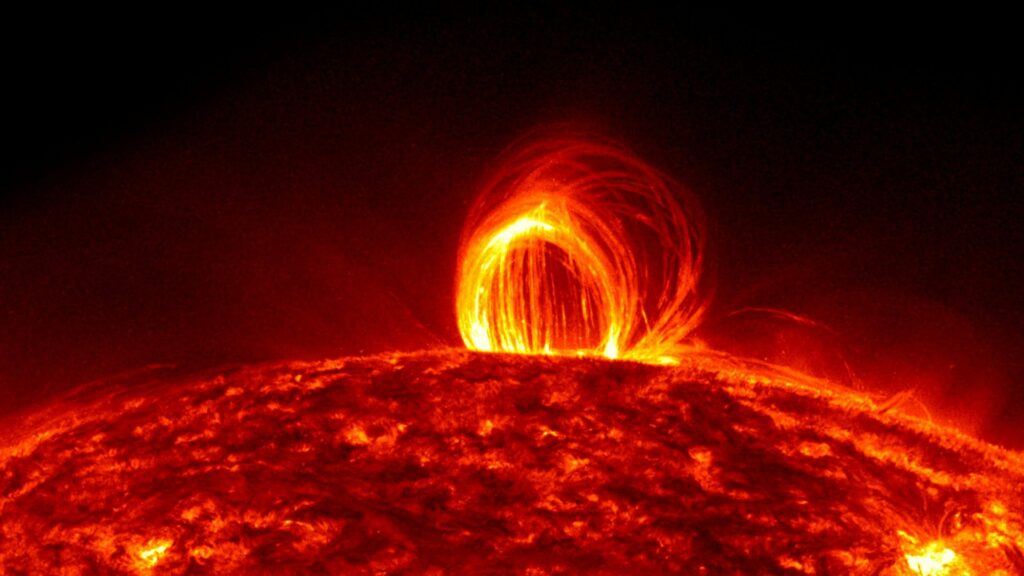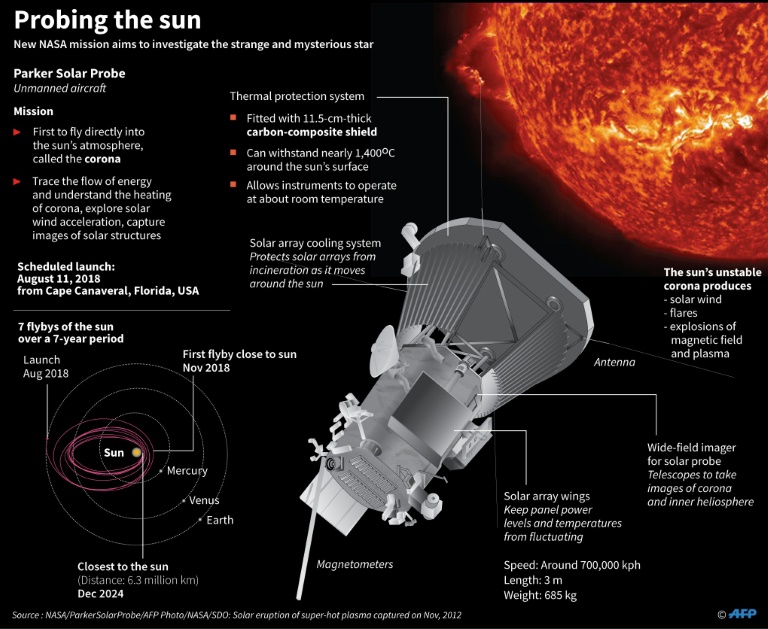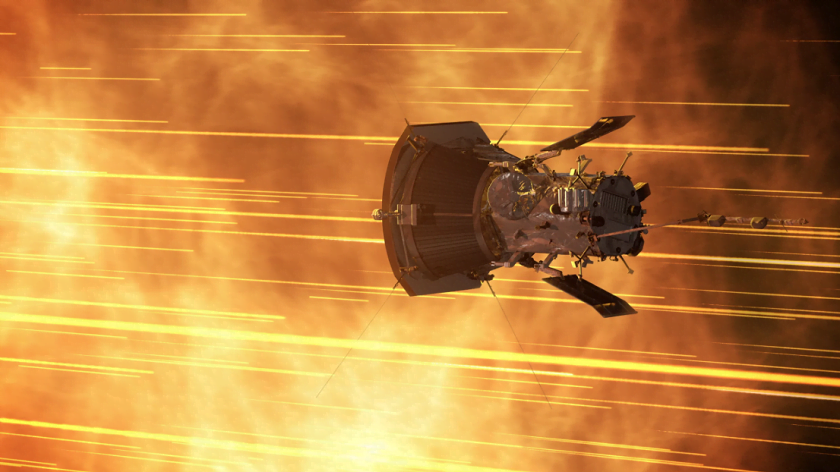Solar flares are releases of energy in the Sun’s atmosphere, governed by complex magnetic fields. They occur when built-up energy within magnetic fields seeks to dissipate. As these magnetic field lines break, they release energy in the form of plasma heating, light, and particle acceleration, reaching us at the speed of light. Solar flares are often associated with coronal mass ejections (CMEs) and eruptions of solar plasma, but not all flares lead to CMEs.

Frequency of solar flares
Solar flares occur regularly, with varying intensities. These flares are categorized into classes, including X-class (the most powerful), M-class (mid-level), and C, B, and A-class (lower intensity) flares. Solar activity follows an 11-year cycle, with solar maximum and minimum phases. During solar maximum, flares are more frequent, with C-class flares happening daily, M-class flares weekly, and X-class flares monthly. In contrast, solar minimum phases see fewer observable flares.
Implications of approaching solar maximum
As we approach the upcoming solar maximum, all aspects of solar activity, including flares, increase. More complex and concentrated magnetic fields lead to higher flare and eruption occurrences. These phases bring not only more flares but also more eruptions, sunspots, and quiet Sun eruptions. This heightened solar activity is expected between next year and 2026.

The most powerful solar flares
X-class flares are the most potent solar flares, with no upper cap on their strength. The most powerful recorded flare occurred in 2003, classified as an X28-class flare. However, the most famous and impactful solar event, the Carrington Event, happened in 1859, long before modern space telescopes. This event, caused by a massive solar flare and CME, disrupted telegraph machines and triggered widespread auroras.
Potential impact of a Carrington event today
If an event similar to the Carrington Event were to occur today, it could disrupt modern technology, particularly satellites and power grids. Up to one in five satellites could be damaged, leading to satellite communication issues. Earth’s radio communication could be affected temporarily due to changes in the upper atmosphere, impacting air travel and navigation systems. The most significant concern is power grids, especially centralized ones, with potential transformer damage causing power outages lasting weeks.

Mitigating solar flare impact
To mitigate solar flare effects, forecasters monitor the Sun continuously and provide alerts to airlines, satellite operators, and the military. When a severe solar flare is anticipated, sensitive military operations and satellite launches are postponed. In the event of an impending large flare, power grids can be manually turned off to prevent conflicting electrical currents that cause damage. This protective action minimizes the extent of damage but does not eliminate it entirely.
Research and future preparedness
Efforts to enhance our understanding of solar flares and their impact on Earth are ongoing. Researchers study various aspects, including flare triggers, eruption dynamics, and the solar atmosphere’s response. Telescopes on Earth and in space, like NASA’s Parker Solar Probe and the European Space Agency’s Solar Orbiter, provide valuable insights. These advancements in solar physics and monitoring technology aim to forecast solar flare events better and improve our preparedness for the Sun’s unpredictable behaviour.

Conclusion
As we enter what is often called the golden age of solar physics, scientists are making significant strides in understanding solar flares and their impact on our planet and technology. While it remains challenging to predict solar flares accurately, the ongoing research and coordinated monitoring efforts bring us one step closer to preparedness for potential solar flare disruptions.








